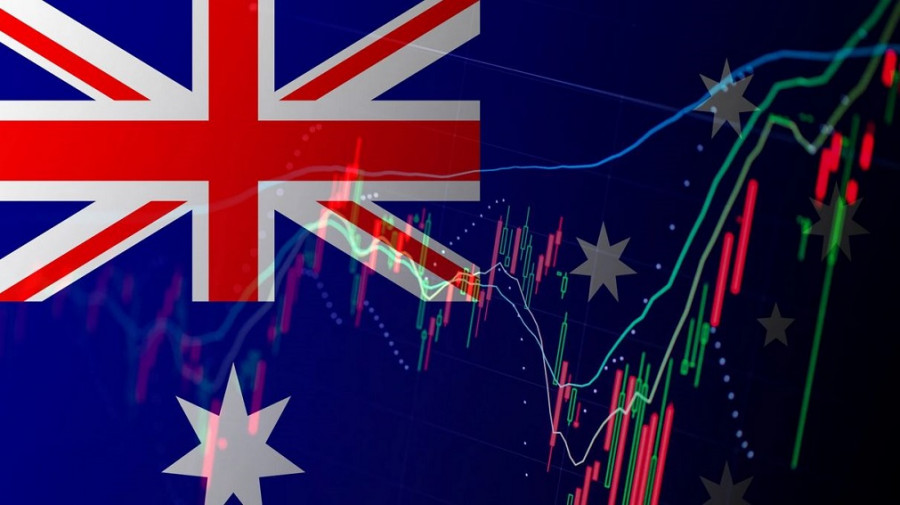इस खंड में InstaForex के साथ ट्रेड के बारे में सबसे महत्वपूर्ण जानकारी है। हम अनुभवी ट्रेडर्स के लिए अग्रणी विशेषज्ञों से विश्लेषण और शुरुआती लोगों के लिए ट्रेडिंग स्थितियों पर लेख दोनों प्रदान करते हैं। हमारी सेवाएं आपकी लाभ क्षमता को बढ़ाने में मदद करेंगी।
यह खंड उन लोगों के लिए बनाया गया है जो अभी-अभी अपनी ट्रेडिंग यात्रा शुरू कर रहे हैं। InstaForex शैक्षिक और विश्लेषणात्मक सामग्री आपकी प्रशिक्षण आवश्यकताओं को पूरा करेगी। हमारे विशेषज्ञों की सिफारिशें ट्रेडिंग की सफलता के लिए आपके पहले कदम को सरल और स्पष्ट बना देंगी।
InstaForex अभिनव सेवाएं उत्पादक निवेश का एक अनिवार्य तत्व हैं। हम अपने ग्राहकों को उन्नत तकनीकी क्षमताएं प्रदान करने का प्रयास करते हैं और उनके ट्रेड की दिनचर्या को आरामदायक बनाते हैं क्योंकि हम इस संबंध में सर्वश्रेष्ठ ब्रोकर के रूप में पहचाने जाते हैं।
InstaForex के साथ साझेदारी फायदेमंद और शीर्ष स्तरीय है। हमारे एफिलिएट प्रोग्राम में शामिल हों और बोनस, साझेदार पुरस्कार और विश्व प्रसिद्ध ब्रांड की टीम के साथ यात्रा करने की संभावना का आनंद लें।
इस खंड में InstaForex के सबसे आकर्षक ऑफर शामिल हैं। किसी अकाउंट में टॉप अप करते समय बोनस प्राप्त करें, अन्य ट्रेडर्स के साथ प्रतिस्पर्धा करें, और डेमो खाते में ट्रेड करते समय भी वास्तविक पुरस्कार प्राप्त करें।
InstaForex के साथ छुट्टियाँ न केवल सुखद हैं बल्कि उपयोगी भी हैं। हम वन-स्टॉप पोर्टल, कई मंचों और कॉर्पोरेट ब्लॉगों की पेशकश करते हैं, जहां ट्रेडर्स अनुभवों का आदान-प्रदान कर सकते हैं और सफलतापूर्वक फॉरेक्स समुदाय में एकीकृत हो सकते हैं।
इंस्टाफॉरेक्स 2007 में बनाया गया एक अंतरराष्ट्रीय ब्रांड है। कंपनी ऑनलाइन एफएक्स ट्रेडिंग के लिए सेवाएं प्रदान करती है और इसे दुनिया के अग्रणी ब्रोकरों में से एक के रूप में मान्यता प्राप्त है। हमने 7,000,000 से अधिक खुदरा व्यापारियों का विश्वास जीता है, जिन्होंने पहले ही हमारी विश्वसनीयता और नवाचारों पर ध्यान केंद्रित करने की सराहना की है।











